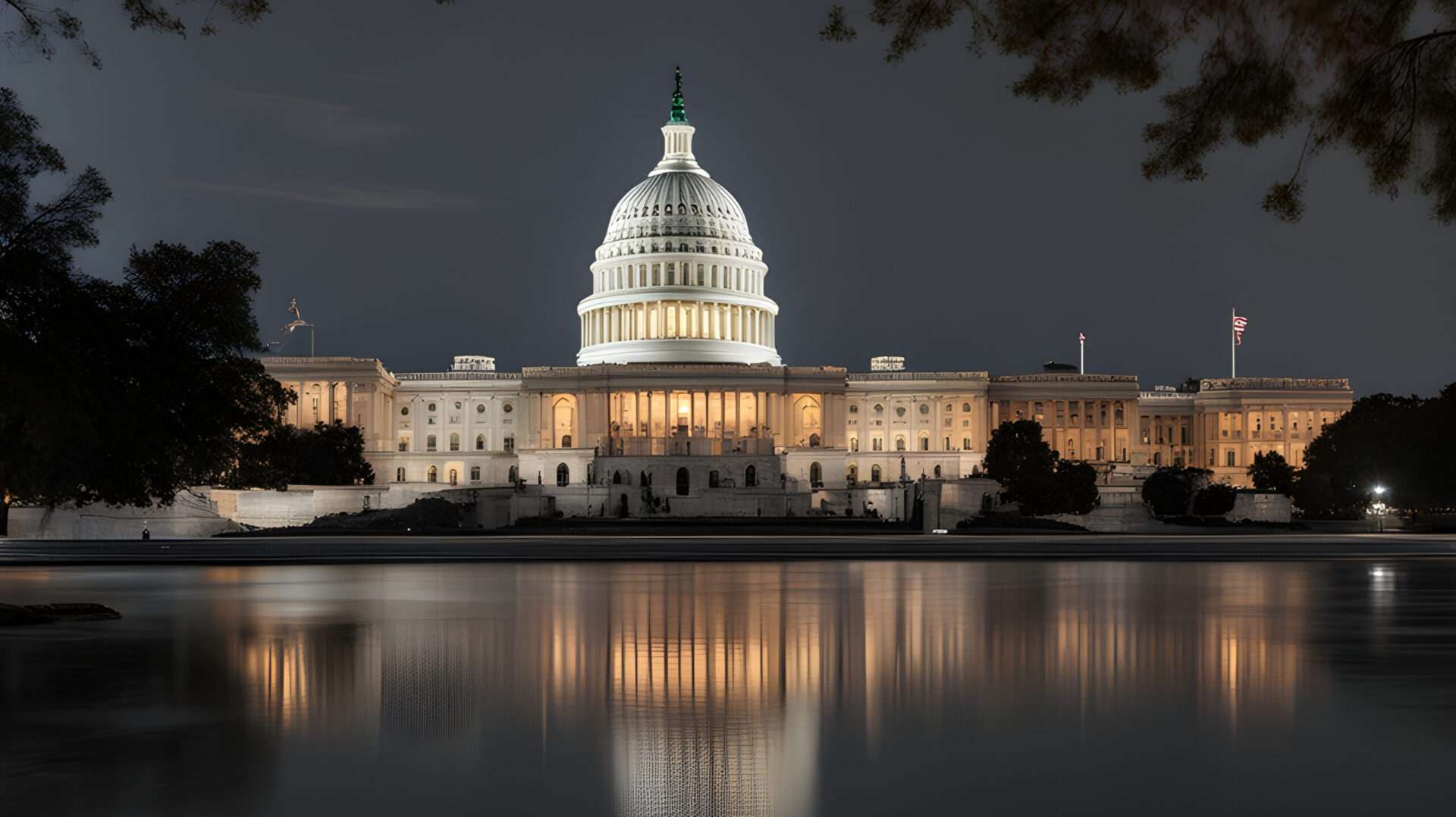Note: Political Awareness’s published communication is never authorized by any candidate or their committees.
The Power of Swing States
How Battleground States Shape U.S. Presidential Elections
During every U.S. presidential election, a few states known as the swing states, attract excessive attention. These states have a huge influence over the outcome of the Electoral College. And are known to switch between the two parties in each election. Let’s examine this more closely, to see why it is so important.
What are Swing States?
Swing states, also known as battleground states, are states where no candidate or party has majority support, which makes them pretty much a toss-up that could be won by either party. Unlike “safe” states, which are states that consistently vote for one party, swing states have more politically diverse voting individuals, making election results difficult to predict. Some recognized swing states are Arizona, North Carolina, Pennsylvania, Wisconsin, Michigan, Georgia, Nevada, and Florida. These states are usually the main focus during the election because candidates spend money to win them over.
Why Swing States Matter
The significance of swing states comes from the Electoral College system. The Electoral College has a set amount of electoral votes for each state based on population, with a candidate needing at least 270 out of 538 electoral votes to win the race. Swing states usually have a large amount of these votes and are often used as turning points in close election races. For example, Pennsylvania has 19 electoral votes and has historically played an important role in determining election outcomes. Winning in a state like Pennsylvania or any other swing state may determine the outcome of an election.
Characteristics of Swing States
All swing states have similar characteristics that make them unpredictable. These states are characterized by significant racial and ethnic diversity with a combination of urban, suburban, and rural populations. For example, Florida’s diverse Latino communities and sizable senior population make it a challenging state for candidates to win over, while Arizona’s expanding Hispanic population, and influx of democratic residents relocating from places like California, is changing the state’s voter outcome.
Another important influential factor is Economics. Swing states economies frequently show bigger national concerns. For example, swing states such as Michigan and Wisconsin, which are part of the “Rust Belt,” have faced economic challenges as a result of industrial job cuts. In these regions, economic issues are crucial for candidates to focus on policies that promote trade or production.
Swing states having almost the same amount of registered Republicans and Democrats, in contrast to states that are firmly red or blue. For example, registered Democrats have increased significantly in North Carolina and Georgia, despite the fact that rural areas continue to support Republicans strongly. Because of this balance, both parties are available, causing close races that could go either way based on the issues and campaign strategies. Voter turnout is also important because minor differences can influence the final result.
Campaign Strategies for Winning Swing States
With swing states being different than safe states, campaign tactics must be customized. Campaigns typically invest significant resources in swing states on hiring, advertising, and events. For example, during the 2020 election, both the Trump and Biden campaigns spent a significant amount on advertising in swing states such as Pennsylvania, Arizona, and Michigan. This tactical spending helps influence the mood and raises awareness among voters who are undecided.
Additionally, candidates create messages that speak to particular issues in swing states. Discussions about trade issues and farming funding are crucial in states like Wisconsin that have significant agricultural economies. Compared to Florida, whose top priorities are healthcare and Social Security because they have a large elderly population. To establish a personal connection with voters, candidates, and representatives spend a lot of time in swing states.
The Future of Swing States in U.S. Politics
The significance of swing states in the Electoral College and the overall approach of presidential campaigns is relevant to every election. Since a small number of states have an enormous effect on election results. The importance of swing states also calls into question the Electoral College system as a whole. Although there are many political and constitutional obstacles to reform, advocates of Electoral College reform believe that a national popular vote would more accurately represent all Americans.
Swing states will remain the focus of presidential campaigns until reform takes place. Candidates will have to keep developing advertising, policies, and messaging that speak to these significant voters. These communities are essential in determining the course of American politics. Because swing states influence guarantees that their voices are heard.

Leave a Reply